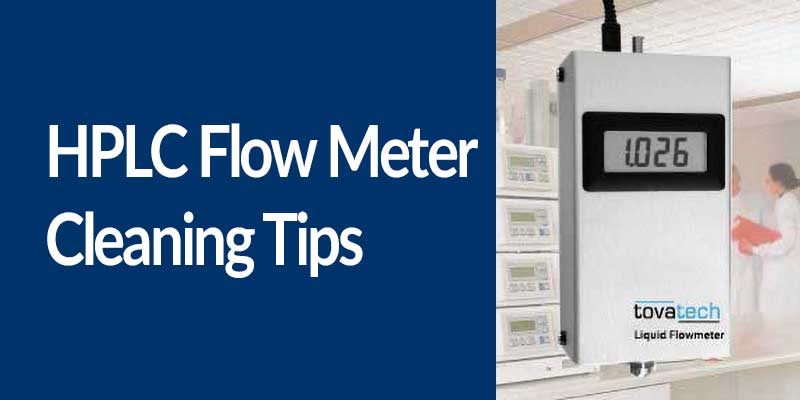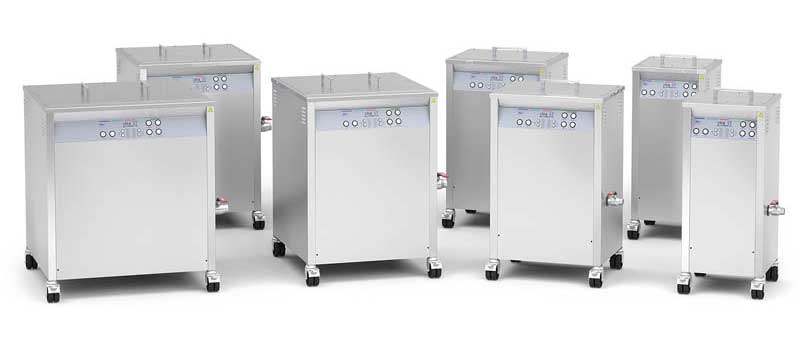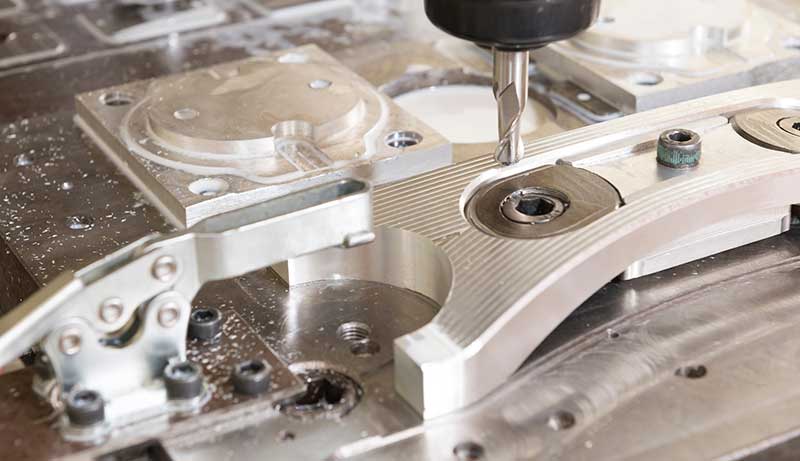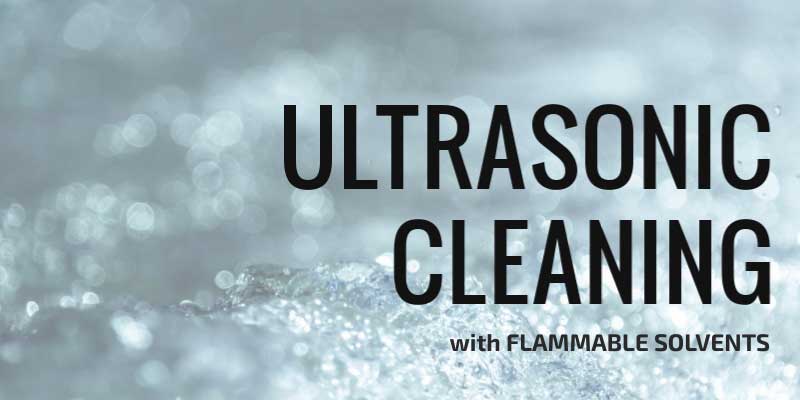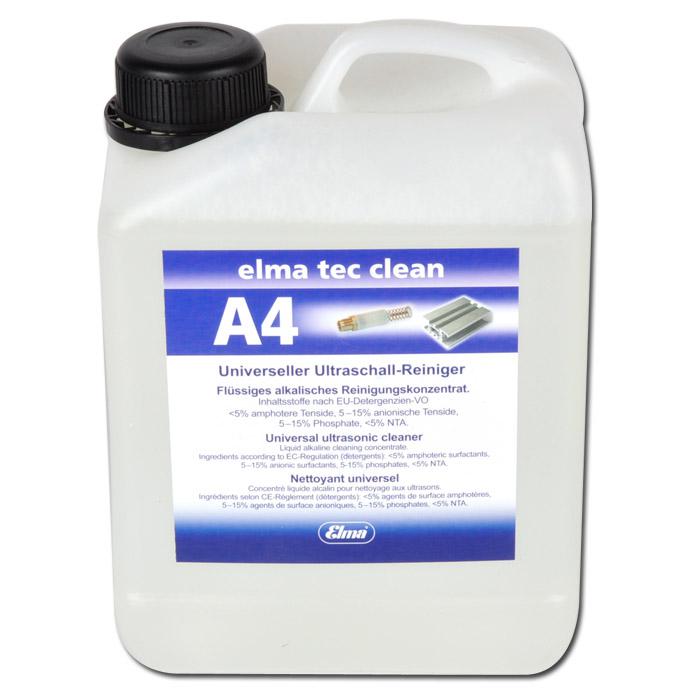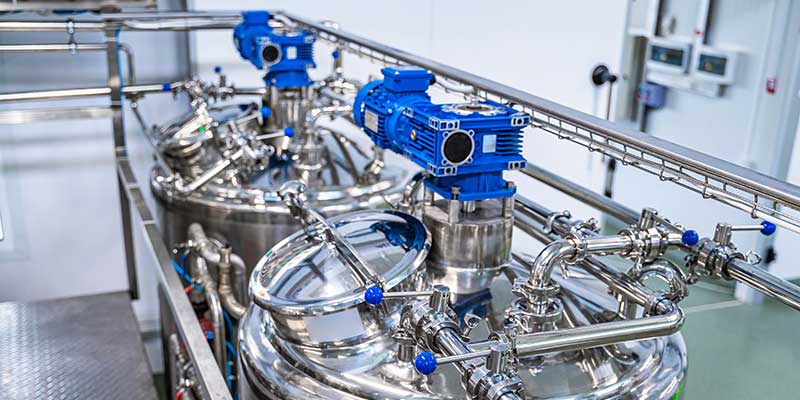Posts by Bob Sandor
Ultrasonic Gun Cleaning Tank for Firearms
Investments in firearms by individuals and organizations can be substantial, and a regular cleaning regimen helps protect that investment. A MilMag article titled “Weapons Cleaning for Dummies” notes that of four methods described ultrasound “is the most firearm friendly method…” then explains what is involved in the process.
Here you will learn how to use an ultrasonic gun cleaning tank to maintain firearms. It offers you guidance on when and how to use gun cleaning solvents and lubricants, explains why ultrasonic gun cleaning tank is a wise investment for maintaining firearms, and offers equipment options for you to consider.
Cleaning Solvents for Firearms
Firearm owners may be aware of many gun cleaning “solvents” available on the market, but just what is a solvent? According to the Encyclopedia Britannica, a solvent is “ordinarily a liquid in which other materials dissolve in order to form a solution.”
Ultrasonic Cleaning – an
… Read the restHow to Select an Industrial Ultrasonic Cleaner
Industrial and commercial ultrasonic cleaners can represent a sizeable investment. The global market, including industrial ultrasonic cleaners, is expected to reach $2.43 billion by 2028 according to Data Bridge Market Research. The report states that this represents a CAGR of 5.85% between 2021 and 2028, and that “Rising industrialization and growth in the number of manufacturing industries will emerge as the major market growth driving factor.”
The information in this article will help you select the correct industrial ultrasonic cleaner.
Defining an Industrial Ultrasonic Cleaner
The job to be done – not the size of the cleaner or items being cleaned – defines a commercial ultrasonic cleaner. Heavy-duty ultrasonic parts washing usually means long-term (multi-hour) cleaning cycles, which calls for more rugged construction including heavier gauge stainless steel cleaning tanks. These are available as benchtop and floor mounted units, which brings us to the first specification tip.
Make
… Read the restHPLC Flow Meter Cleaning Tips
Digital high performance liquid chromatography (HPLC) flow meters measure the accuracy of HPLC pumping systems to meet FDA and other regulations for equipment used in the pharmaceutical, biopharmaceutical and other analytical labs. Maintaining digital HPLC flow meters is a part of good laboratory practices.
High Performance Liquid Chromatography Market Growth
According to a report by Verified Market Research, “The High Performance Liquid Chromatography Market size was valued at USD 5,335.31 Million in 2022 and is projected to reach USD 8,084.56 Million by 2030, growing at a CAGR of 5.57% from 2023 to 2030.”
The report states the HPLC market “is anticipated to develop throughout the forecasted period as a result of the increasing usage of liquid chromatography equipment in forensic science, life sciences, and the pharmaceutical industry.”
What Do Digital HPLC Flow Meters Do?
Skip this if you already know.
Digital flow meters for HPLC pump systems measure rates … Read the rest
Ultrasonic Cleaner Degas: Why it’s Important
Getting the best results from your ultrasonic cleaner requires more than turning it on and immersing parts in the cleaning solution. Whether using a fresh cleaning solution or one that has been idle for a period of time, an ultrasonic cleaner degassing procedure yields improved cleaning results. Here we explain why and how the degas procedure is important.
What is Ultrasonic Cleaner Degassing?
In a sentence, it is getting the air (a gas) out of your ultrasonic cleaning solution.
And why is that important?
Let’s start with a simple illustration. In the morning, the glass of water you placed on your night stand the night before (but did not drink) has bubbles adhering to the glass. That demonstrates that water, a liquid, contains air.
The same applies to ultrasonic cleaning solution formulations, especially but not exclusively those you dilute with water. Examples include cleaning solution chemicals offered by iUltrasonic, our … Read the rest
Selecting an Industrial Ultrasonic Cleaner
If you have tough cleaning jobs characterized by heavy, tenacious contaminants or run cleaning cycles over long periods of time, regardless of part size, you should consider an industrial ultrasonic cleaner. This post describes the various features and functions offered by industrial ultrasonic washers and how they contribute to achieving desired results.
Select Your Topic of Interest
What is an Industrial Ultrasonic Cleaner
Two Basic Features to Consider
Other Features
Typical Applications
What is an Industrial Ultrasonic Cleaner?
You might think an industrial ultrasonic washer must be “big” because they handle industrial products. Not necessarily so. Your industrial parts washer size (or cleaning solution capacity) is governed by the size of parts you are cleaning. Industrial ultrasonic cleaners are offered as benchtop and floor mounted models.
Another consideration to keep in mind is the duration of your cleaning cycles. ong-term cleaning cycles (i.e. operating … Read the rest
Efficiently Clean Machined Parts with Ultrasonic Cleaner
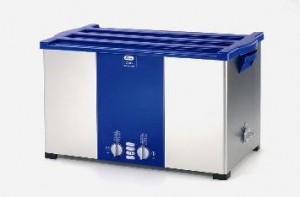
Cleaning finely machined parts with ultrasonic energy avoids damage by abrasive compounds and mechanical scrubbing to remove grinding dust, metal shavings, lubricants, cutting and coolant fluid residues. That’s why ultrasonic cleaners are widely used to prepare machined parts for final assembly or for further processing steps such as electroplating and powder coating.
Ultrasonic cleaning machined parts avoid surface damage while eliminating time-consuming soaking then scrubbing parts with potentially dangerous solvents.
Ultrasonic Energy, the Fast, Clean way to Clean Machined Parts
Ultrasonic cleaners, as noted below, are offered in sizes from benchtop to floor-mounted industrial units. They use biodegradable cleaning solution concentrates such as elma tec clean A4 universal degreaser to quickly and safely remove all forms of contaminants from finely finished machined parts.
Another cleaning … Read the rest
Using Acetone Solvent as an Ultrasonic Bath
Acetone, a solvent and thinner available in paint and hardware stores, carries on its container a warning that it is extremely flammable and quickly evaporates. These two characteristics are always important to users but particularly important when acetone solvent is used as a degreaser in ultrasonic bath for residue-free removal of contaminants. This post provides information on the safe use of acetone solvent as an ultrasonic bath.
But first, some background.
Why Caution is Critical with Acetone
Acetone and similar solvents such as toluene and IPA are characterized by relatively low flash points.
A flash point is the temperature at which a particular organic compound such as an acetone cleaner gives off sufficient vapor to ignite in air when given an ignition source. And as noted above, acetone evaporates quickly.
The American Chemical Society publishes a table of common organic solvents that includes flash points. Acetone’s flash point … Read the rest
Selecting a Heated Ultrasonic Cleaner
Just as soapy hot water is better than cold for cleaning greasy dishes, pots and pans (and even you!), a heated ultrasonic cleaner solution often “works best” solving tough cleaning challenges. That’s why you should select a heated ultrasonic cleaner to remove deposits of heavy grease, burned on carbon deposits and grime from used engine parts, cutting oils from newly machined components, residues in plastic injection molds, and similarly difficult cleaning challenges.
The Role of a Heated Ultrasonic Cleaner
If you are new to the process of ultrasonic cleaning, we invite you to review our post on how ultrasonic cleaners work. Otherwise, please continue reading about selecting a heated ultrasonic cleaner.
Fast, safe and efficient ultrasonic cleaning cycles call for a judicious blend these variables:
- cleaning solution chemicals
- cleaning solution temperature
- cleaning cycle time
- ultrasonic frequency
Cleaning solution chemicals are selected based on the project … Read the rest
IQ, OQ, PQ Examples for Analytical Instruments
Analytical instruments confirm processing equipment used in the pharmaceutical, food and other industries meet standards set by the FDA, the Code of Federal Regulations Title 21 and other regulatory bodies. Standards apply from the very beginning with design qualification. At the customer location equipment is validated and verified via initial and ongoing tests described in this post as IQ, OQ, PQ examples.
IQ, OQ, PQ Examples Defined
In brief IQ, OQ and PQ mean Installation Qualification, Operational Qualification and Performance (or Process) Qualification . An example is an HPLC system, including its pumps. These systems must precisely and accurately analyze pharmaceutical compounds as they proceed from R&D into manufacturing. We’ll go into that in more detail later.
But first, some more detail on our IQ, OQ, PQ Examples
Installation Qualification Described
As described in an FDA Group blog post “Newly installed or modified equipment must first be validated to … Read the rest
Ultrasonic Energy Cleans Cannabis Equipment
According to Fortune Business Insights, the global cannabis market is projected to grow from $28.266 billion in 2021 to $197.74 billion in 2028 at a CAGR of 32.04% in forecast period, 2021-2028. These growth projections along with stringent regulations require the cannabis industry adopt proven methods to clean cannabis equipment. Ultrasonic energy is highly effective to remove gummy contaminants and other unwanted residues from cannabis processing glassware.
Cannabis Equipment Cleaning Challenges*
The cannabis distillation process can be called a “high-maintenance activity” because glass used in short path distillation is susceptible to being highly soiled with baked on and polymerized contaminants. The distillation process involves crude concentrates that are boiled until the desired components are distilled out, leaving behind unwanted residues.… Read the rest


